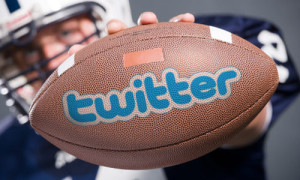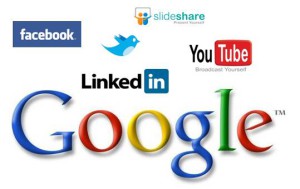 Young people have incredible spending power.
Young people have incredible spending power.
With approximately 77 million Millennials worldwide, we know that this subgroup is responsible for $1.3 trillion in annual buying power in the U.S., despite only representing 1.4 percent of the population, said Forbes.
For this reason, the ‘social network generation’ is thoughtful, powerful influencers. This demographic swims and breathes in digital spaces, and now how to market to this group could be a valid career move, According to Neilsen.
With that understood, there are some things you should know about this group, including the fact that opinionated informants and eager players are eager to purchase high-end brands.
No point in attempting to trick millennials. They recognize when they’re being targeted. Rather than composing a campaign that’s generic and swollen with cliches or old marketing tricks, review trends and meet them where they are. Understand that they’re interested in the way a brand associated with politics and activism.
They aren’t rich. Millennials may spend a lot of money, but they aren’t the least bit wealthy. They’ve graduated from college with massive amounts of debt, they can’t afford to purchase homes, and they’re frequently in search of the right getaway. Rather than store away thousands for a home, instead they choose to spend their funds on vacations and concerts.
There’s an apparent thirst for knowledge when it comes to Millennials. This group researches EVERYTHING. They don’t pick up a plate or a product without knowing details about others who bought it and how much they enjoyed it. Personal references are incredibly important to this group.
Frequently they steer clear of big brands and opt for the smaller guy. They search the opinions of micro-influencers, and they examine those recommendations for the next big thing.
Customer services, in the form of chat conversations, are all-important. They reach out over Twitter, SnapChat, and other apps, expecting prompt responses –and they take note when a brand isn’t available 24/7 to meet their concerns.
Because of their varied interests, Millennials love when their favorite influencers, brands, or artists collaborate on projects. They search the web on their numerous devices to find updates about the emergence of new entertainment and move on to the next thing if they find unsatisfying results.
With that said, millennials are continually known for their brand loyalty and their interest in social justice. Is there something we forgot about this demographic? What else should marketers know?
Nielsen, Forbes, and Bloomberg were the primary sources for this blog post.
John Partilla is the CEO of Screenvision, and he’s a veteran of the marketing industry with nearly three decades of experience in a variety of roles. Please read “John Partilla Named Screenvision CEO,” “John Partilla: Screenvision Names Exec CEO – Variety,” “Screenvision Taps John Partilla To Be CEO As It Seeks To Rebuild” and his Screenvision profile to learn more. Also, check out his Crunchbase, Twitter, and LinkedIn.










